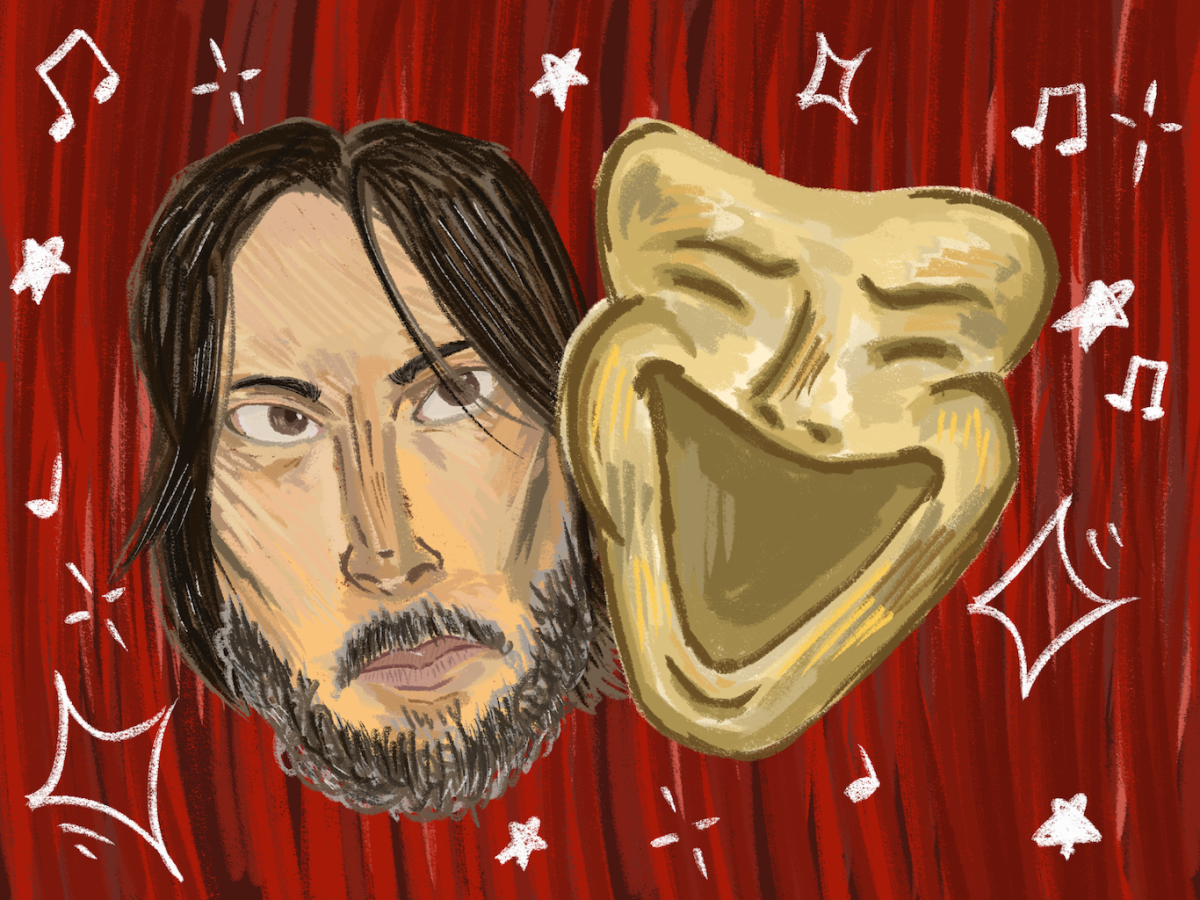When “Funny Face,” Stanley Donen’s movie-musical with Audrey Hepburn and Fred Astaire, first premiered in 1957, it was a box office disappointment. Seven years later — after Hepburn’s only other movie-musical, “My Fair Lady,” was a commercial hit — Paramount rereleased “Funny Face.” Only then did it turn a profit. Even though it tends to be overshadowed by Hepburn and Astaire’s other movies, it has been my go-to comfort watch for years.
The film follows Dick Avery (Astaire), the top photographer of a fashion magazine, and Jo Stockton (Hepburn), a reserved bookseller obsessed with philosophy.
When Dick stumbles upon Jo’s store, he decides to make her the magazine’s newest model, thinking she’ll emulate a “Quality Woman” of beauty and intellect, unlike its previous models. Although Jo thinks the fashion industry is “chi-chi and an unrealistic approach to self-impressions as well as economics,” she agrees to Dick’s plan, only because it comes with a free trip to Paris. “Funny Face” follows Jo as she navigates the fashion world, catching feelings for Dick in the process.
While their love story is a little cliché and shallow, “Funny Face” is a captivating spectacle. An homage to fashion and photography, it invites viewers to escape into a visually stunning musical landscape. To show Dick’s pictures of Jo, the film uses freeze frames overlaid with unique effects to make them look like photo negatives, in which the lightest areas of a photograph appear the darkest. It’s an effective and stylish technique that gives the impression of watching each photo develop on screen.
The fashion — particularly Hepburn’s costumes — is a highlight of the film, showcasing the beautiful collaboration between the actress and her lifelong friend, designer Hubert de Givenchy. Many of the dresses he created for her are cemented in fashion history, from the black dress in “Breakfast at Tiffany’s” to the ball gown in “Sabrina.” My favorite, however, will always be the stunning pink and white ensemble Jo wears when she models for the first time. Although the film pokes fun at the frivolity of the fashion industry, it highlights the craftsmanship and artistry that goes into its designs.
The music in “Funny Face,” curated by George Gershwin, is filled with delightful songs from the Great American Songbook. The opening number, “Think Pink,” is a celebration of femininity that is especially interesting to look back on now — with its rosy visuals and choreography, it feels like a precursor to Greta Gerwig’s “Barbie.” Hepburn, despite not being the strongest singer, is the heart of the film and gives a charming performance. She also shows off some of her dance background in the number “Basal Metabolism,” a quirky, jazz-inspired dance. Astaire is also at his best in the film, particularly in the title song, “Funny Face,” where he leads Hepburn in a dance duet across a darkroom while he develops her picture.
At its core, “Funny Face” is a very unserious romantic comedy, but its stylishness, charm and celebration of artistry makes it stand out from other films in the genre. There’s nothing wrong with a little light-hearted film, especially when it comes in a sincere, picture-perfect package.
Contact Ella Sabrina Malabanan at [email protected].






















































































































































